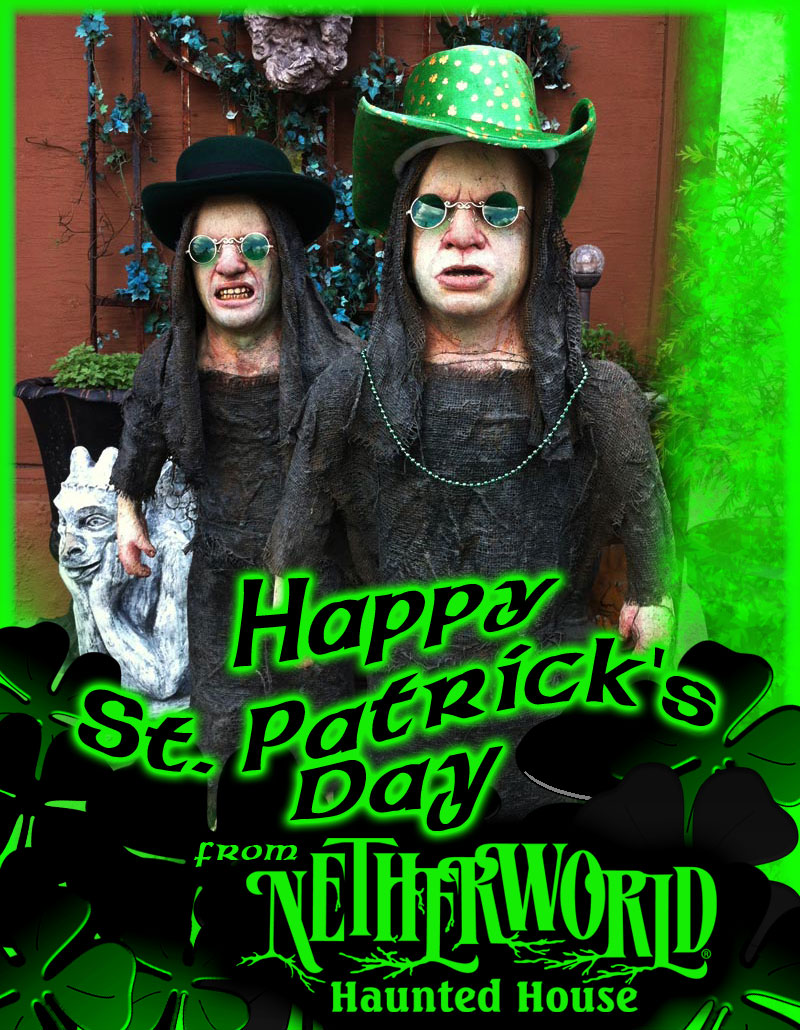The Horror Returns with SLITHER on Mother’s Day!
Sunday May 13th – 8pm – Studio Movie Grill Holcomb Bridge
http://www.studiomoviegrill.com/BodyGraphic.aspx?ID=180
Meteorites have been delivering dreadful invaders to Earth almost as long as sci-fi and horror films have existed. Man’s fascination with what lies beyond the stars has conjured up some seriously disturbing possibilities, and there is no finer example of that than in the 2006 comedy/sci-fi/horror film “Slither”.
An unsettling-yet-hilariously entertaining love letter to 50’s science fiction B-movies, “Slither” spins a wild yarn about what happens in small-town middle America when an alien parasite transforms the innocent citizens of Wheelsy into zombie-like creatures with an insatiable hunger for meat. Featuring a stellar cast of cult-favorite character actors and hold-your-stomach effects, mixed with an ample dose of dark humor and memorable one-liners, this movie is pure joy for fans of the creepy and bizarre.
Nathan Fillion, Elizabeth Banks, Gregg Henry, Jenna Fischer (wife of writer/director James Gunn) and Michael Rooker head up this engaging ensemble, delivering steady chills and solid laughs with equal enthusiasm. Shot over 47 days in British Columbia, “Slither” is one of those gems of a movie that slip under the blockbuster radar yet deserve a wider audience. Die-hard genre fans will especially enjoy subtle tips of the hat to Stephen King and “Basket Case” writer/director Frank Henenlotter, references to a slew of classic monster movies, and an unseen cameo by none other than more-human-than-human Rob Zombie.
(*note of interest: Netherworld co-owner Billy Messina worked on the Special Effects crew for Henenlotter on Basket Case 2 & 3 as well as on the unforgettable Frankenhooker)
“Slither is totally retro from several eras…”, says Netherworld Haunted House co-owner Ben Armstrong. “It just seems out of place and I love that about it…! Start with a taste of “I Married a Monster From Outer Space” fun wacky sci-fi from 1958, add over the top gore a la 1982’s ‘The Thing’, add in some dark comedy and stir…you get a film from another era that is lots of fun and lots of disturbing!”
Take the time to soak in this gross-out fun-fest, and allow yourself a little time afterward to enjoy a thick, juicy ribeye. Or eight. Naw… ten. Uhm, no, no. You know what? Gimme fourteen.
You’ll get that one later…
Enjoy Slither and Netherworld Trivia with great prizes before the movie starts plus Studio movie grill has great grub & tasty beverages of the adult variety delivered right to your seat…check it out at:
http://www.studiomoviegrill.com/BodyGraphic.aspx?ID=180
Hope to see you on Mother’s Day!






